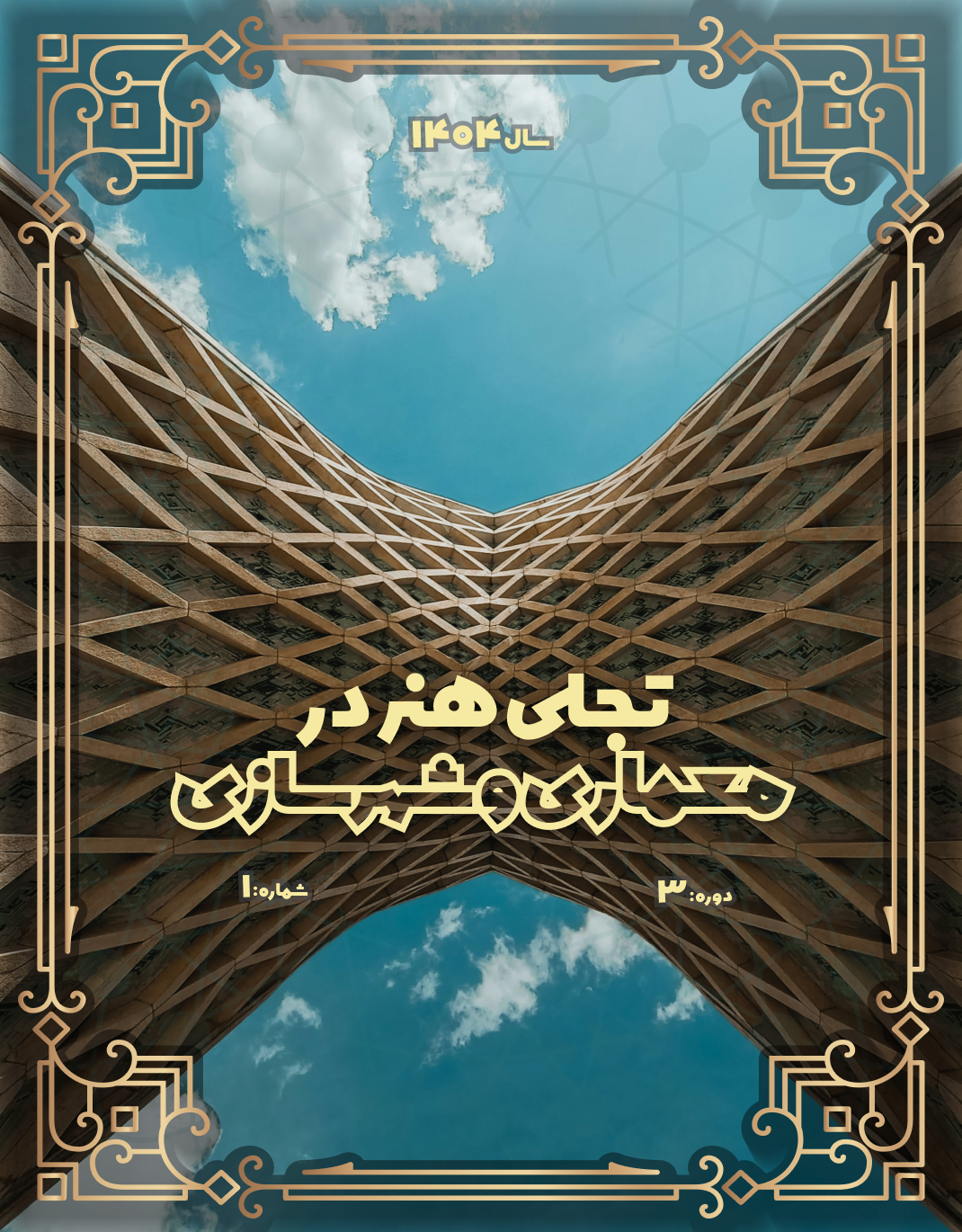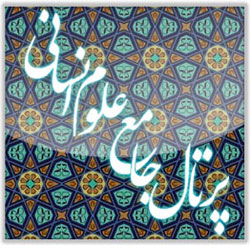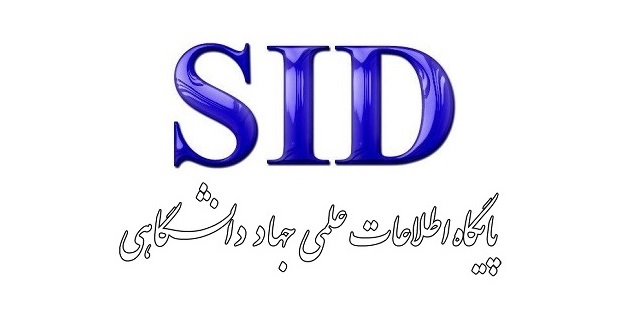تبیین شاخصهای معماری منظر تاثیرگذار بر بهبود کیفی محیط بصری در پارکهای شهری کلانشهر تبریز از منظر اکولوژیک، ویژگیهای فرهنگی، پایداری محیط زیستی و دسترسی پذیری
کلمات کلیدی:
پارک, محیط بصری, ویژگیهای فرهنگی, پایداری محیط زیستی, دسترسی پذیریچکیده
پارکها بهعنوان جزئی از بافت شهرها و بخشی از خدمات شهری دارای اهمیت بالایی بوده و نمیتوان آن را جدا از نیازهای جامعه شهری دانست، ازاینرو پارکها را باید ازنظر کمی و کیفی متناسب با حجم فیزیکی شهر، نیازهای جامعه و با توجه به شرایط اکولوژیکی شهر و روند گسترش آتی آن توسعه یابد تا بتواند بهعنوان فضای سبز فعال بازدهی زیستمحیطی مستمری داشته باشد. این پژوهش با هدف تبیین شاخصهای معماری منظر تاثیرگذار بر بهبود کیفی محیط بصری در پارکهای شهری کلانشهر تبریز از منظر اکولوژیک، ویژگیهای فرهنگی، پایداری محیط زیستی و دسترسی پذیری و با روش توصیفی-تحلیلی انجام گرفت. نتایج به دست آمده از پژوهش نشان داد ایل گلی به عنوان برترین پارک از نظر شاخصهای اکولوژیکی شناخته میشود. پارک شمس تبریزی با طراحی سنتی و اصولی، گزینه مطلوب دیگری است. سایر پارکها نیازمند اقدامات بیشتری در مدیریت منابع و افزایش تنوع زیستی هستند. پارک ایل گلی و باغلار باغی دسترسیپذیری مناسبی از نظر فیزیکی و اجتماعی دارند و نمونههایی موفق برای پارکهای دیگر هستند. پارک شمس تبریزی از نظر دسترسی اجتماعی برای گروههای خاص مانند زنان و کودکان موفق است. پارکهای باغمیشه و خاقانی نیازمند ارتقای دسترسی برای معلولین و بازسازی مسیرهای دسترسی هستند. پارک ارم با بهبود روشنایی و افزایش امنیت شبانه میتواند عملکرد بهتری در دسترسیپذیری داشته باشد.
دانلودها
مراجع
1. Akbari O. Evaluation of the Spatial Distribution Suitability of Urban Parks in Tabriz from the Perspective of Influence Zones Using Remote Sensing and GIS. Renewable Natural Resources Research. 2021;12IS - 1:83-94.
2. Taghavi SH, Norouzian Maleki S, Alidoost S. The Role of Daily Landscape in the Quality of Urban Spaces: Case Study of the Dormitory Pathway for Female Students at Shahid Beheshti University. Safar. 2017;26(27):55-72.
3. Abdelhamid MM, Elfakharany MM. Improving urban park usability in developing countries: Case study of Al-Shalalat Park in Alexandria. Alexandria Engineering Journal. 2020;59(1):311-21.
4. Abraham A, Sommerhalder K, Abel T. Landscape and well-being: a scoping study on the health-promoting impact of outdoor environments. International journal of public health. 2010;55:59-69.
5. Akpınar A. How perceived sensory dimensions of urban green spaces are associated with teenagers' perceived restoration, stress, and mental health? Landscape and Urban Planning. 2021;207.
6. Naroui, Yel. Evaluation of Visual Preferences and Aesthetic Perceptions of Users Regarding Urban Park Landscapes (Case Study: Sayyad Shirazi Urban Park in Birjand). Human and Environment. 2021;19(2):201-19.
7. Montazerolhoda, Sharifnejad. Factors Influencing Users' Perspectives on the Environmental Quality of Public Recreational Spaces: Case Study of Parks in Yazd. Urban Studies Quarterly. 2016;5(20):17-28.
8. Bahriny F, Bell S. Patterns of urban park use and their relationship to factors of quality: A case study of Tehran, Iran. Sustainability. 2020;12(4):1560.
9. Bayatmaku S. Biophilic Design Efficiency on Humans' Well-being in Daily Life with an Atmospheric Approach 2022.
10. Bazrafshan M, Tabrizi AM, Bauer N, Kienast F. Place attachment through interaction with urban parks: A cross-cultural study. Urban Forestry & Urban Greening. 2021;61.
11. Marouf M, Hatemzadeh A, Kaveh H. Improving the Landscape of Urban Parks Based on Citizen Needs (Case Study: Parks in Gorgan). Sustainable Architecture and Urban Planning. 2021;11IS - 3:197-207.
12. Sadeghi Z, Alidoosti Masouleh S, Bamanyan M, Haghighatbin M. Assessment of Cultural Ecosystem Services Perception in Parks with Different Landscape Styles (Case Study: Urban Parks of Tehran) Using Space Syntax to Analyze Behavioral Settings: Case Study of Neighborhood Parks in District 5 of Tehran Municipality. Geography and Urban Planning. 2022;11(3):2-24.
13. Hami A. Evaluation of Urban Public Landscape Quality Indicators. Environmental Planning. 2021(55).
14. Harnik P. Urban green: Innovative parks for resurgent cities: Island Press; 2012.
15. Mell IC. Green infrastructure: concepts, perceptions and its use in spatial planning 2010.
16. Jim CY, Chen SS. Comprehensive greenspace planning based on landscape ecology principles in compact Nanjing city, China. Landscape and urban planning. 2003;65(3):95-116.
17. Hansen G. Basic principles of landscape design. Florida: University of Florida; 2010. 1-12 p.
18. Dinda S, Ghosh S. Perceived benefits, aesthetic preferences and willingness to pay for visiting urban parks: A case study in Kolkata, India. International Journal of Geoheritage and Parks. 2021;9(1):36-50.
19. Escalera-Reyes J. Place attachment, feeling of belonging and collective identity in socio-ecological systems: Study case of Pegalajar (Andalusia-Spain). Sustainability. 2020;12(8):3388.
20. Deng L, Li X, Luo H, Fu EK, Ma J, Sun LX, et al. Empirical study of landscape types, landscape elements and landscape components of the urban park promoting physiological and psychological restoration. Urban Forestry & Urban Greening. 2020;48.
21. Rafi ZN, Kazemi F, Tehranifar A. Public preferences toward water-wise landscape design in a summer season. Urban Forestry & Urban Greening. 2020;48.
22. Felix M, Elhefnawi M. Landscape design elements as a defensive tool for building security. Urban and Transit Planning: A Culmination of Selected Research Papers from IEREK Conferences on Urban Planning, Architecture and Green Urbanism, Italy and Netherlands (2017)2020. p. 227EP - 38.
23. Alpak EM, Özkan DG, Düzenli T. Systems approach in landscape design: a studio work. International Journal of Technology and Design Education. 2018;28:593-611.
24. Huang ASH, Lin YJ. The effect of landscape colour, complexity and preference on viewing behaviour. Landscape Research. 2020;45(2):214EP - 27.
25. Ginzarly M, Houbart C, Teller J. The Historic Urban Landscape approach to urban management: a systematic review. International Journal of Heritage Studies. 2019;25(10):999-1019.
دانلود
چاپ شده
ارسال
بازنگری
پذیرش
شماره
نوع مقاله
مجوز
حق نشر 2025 Parizad Fakherian (Author); Amir Haghjou; Hassan Ebrahimi Asl, Shahriar Shaghaghi (Author)

این پروژه تحت مجوز بین المللی Creative Commons Attribution-NonCommercial 4.0 می باشد.










